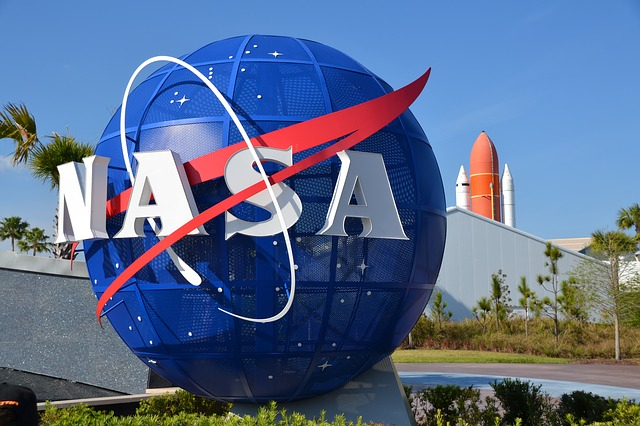A team of astrophysicists were astounded when the collective datasets gathered by the Gaia space telescope showed that a string of stars in the milky way were born together and are travelling together across the sky.
There are 8,292 celestial streams in the Milky way and all of them have been named Theia. These celestial or stellar streams are basically a collection of stars. But what stands out is that, they are in linear pattern rather than a cluster. Among these 8,292 streams of stars Theia 456 has managed to capture the attention, when astrophysicists discovered that all the 468 stars of this stream not only came into existence at the same time but also are moving together in the same direction.
On January 15, American Astronomical Society in its 237th meeting held a session on "The Modern Milky Way. Jeff Andrews, an astrophysicist from Northwestern University and a member of the team of astrophysicists, presented his research on "Theia 456: A New Stellar Association in the Galactic Disk" as part of this session via a virtual press conference. According to him Theia 456 is unique as it is a comparatively new and long widespread stream than the others in its vicinity.

Advancement of technology together with evolution of instrumentation and data mining processes have given astrophysicists a better understanding of the shapes and patterns of these stellar streams. Of late experts have concluded that groups of stars are not always spherical in shape. They are believed to be found in various other shapes than a cluster. A compact collection of stars can gradually form a shape of a long-stretched stream by tidal forces. These hidden streams, though known to be in existence for decades, are gradually revealing themselves to our experts.
Theia 456 is placed in the Milky Way's galactic plane stretching more than 500 light-years. It hides behind the galaxy's 400 billion stars. All these while telescopes are mostly pointed away from the milky way where other streams of stars appeared. But after this revelation scientists are now keen to focus on the galaxy itself hoping to find more such streams as Theia 456's 468 stars.
It is one of the most challenging part of modern-day data science to spot and examine these new observed structures of the stellar streams. Artificial Intelligence (AI) algorithms need to be developed and then the algorithm rigorously goes through layers of the datasets available on the stellar streams to find the structures.
A cross referencing algorithm having pre-existing catalogues of documented stars' iron abundances was developed by Jeff Andrews which seems to make the job a bit easier. This technology helped Andrews and his team to conceive Theia 456's 468 stars had identical iron abundances which they believe to point out that all these stars were formed together over 100 million years ago. As additional evidence was uncovered these teams of experts have also tried to explore a light curves dataset with the aim to find out how the brightness of the stars change from time to time.

Backtracking Process
NASA's Transiting Exoplanet Survey Satellite and the Zwicky Transient produced light curves for stars in Theia 456 and provided data that helped Andrews and his team of astrophysicists to establish the fact that the stars in Theia 456 are contemporary and they are travelling together to the same direction. Now the scientists can track the movement of the stars and it has enabled them to backtrack the movement to find the source of these stars. The backtracking process of the movement of stars and its period of time revealed their time of origin which seems to be the same for all the 468 stars.
Astrophysicists now voice their opinion for combining datasets and data mining as an essential approach for better understanding of the universe. Combining datasets are believed to reveal more wonders of the universe than a single one.









